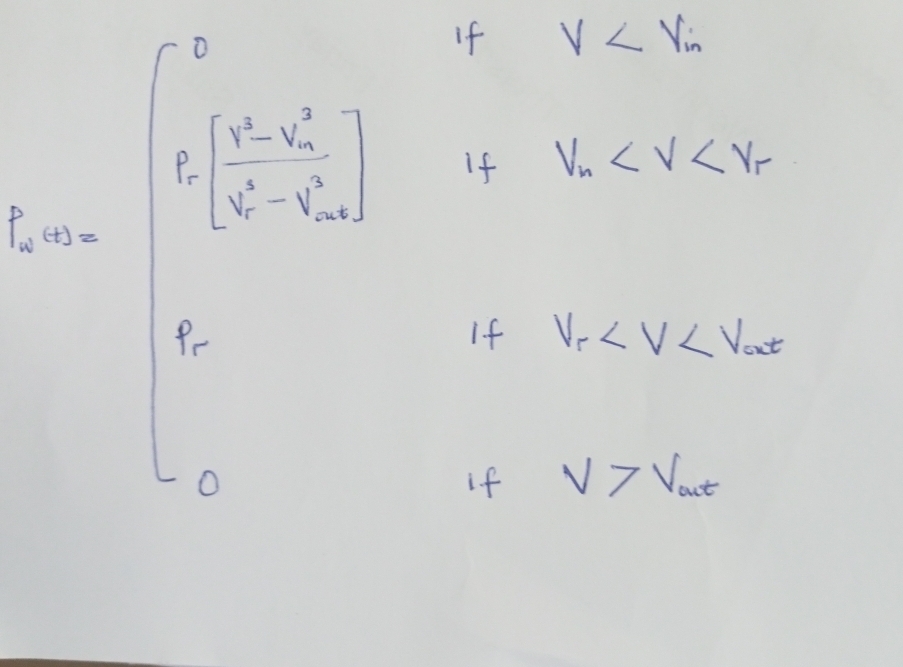
Dear All,
I want to model the power of wind turbine under different wind speeds with respect to the cut-in, cut-out and rated speeds. How can this be implemented in AIMMS. Please, kindly make your response comprehensive as i am new to AIMMS. Thank you. All the terms have been declared as parameters.


